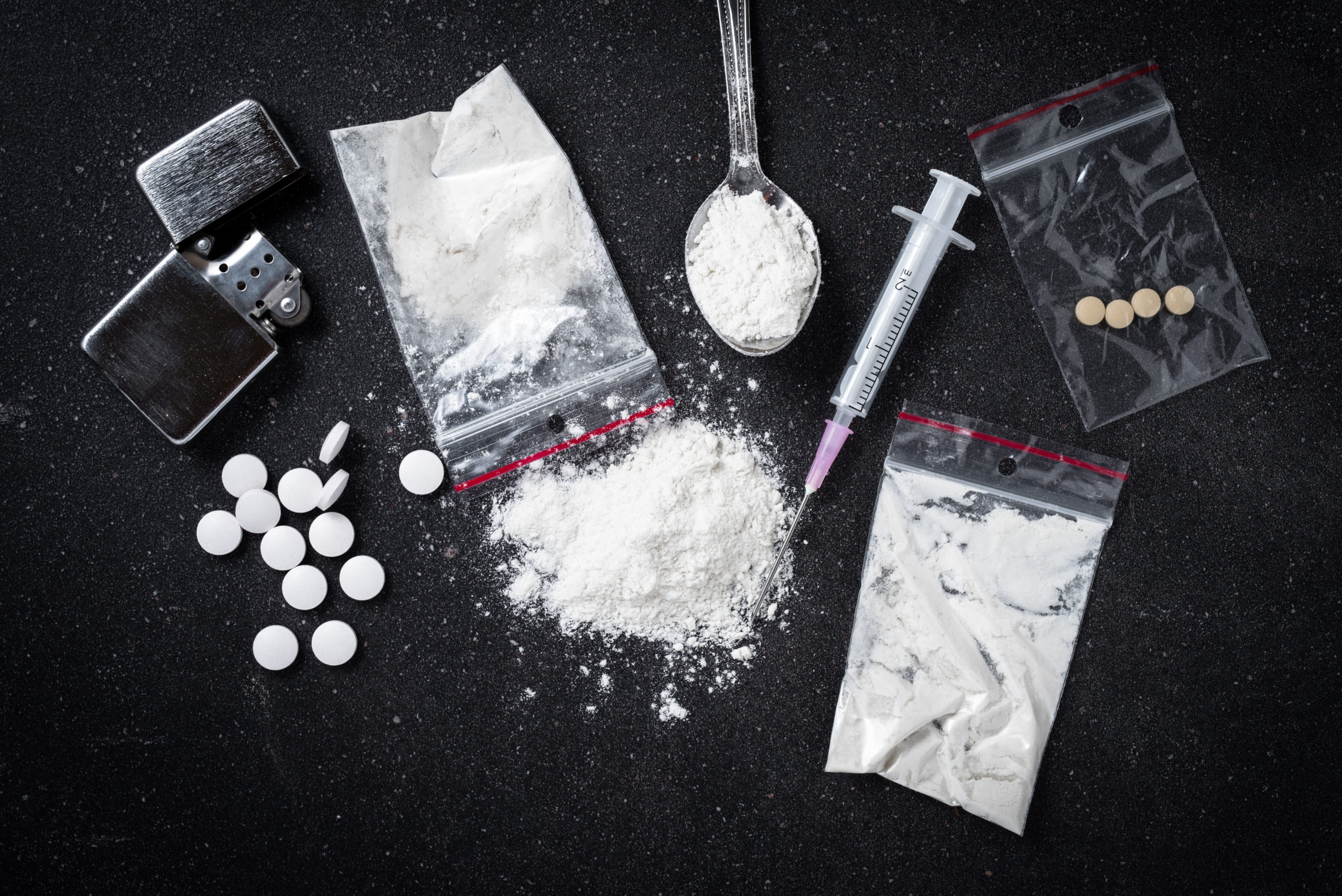When you or someone you love struggles with substance use disorder, they may start to use more than one substance. For example, they may have an alcohol use disorder and start experimenting with various drugs only to develop an addiction to one or more drugs. So, when someone misuses two or more substances, they are diagnosed with polysubstance dependence, commonly labeled “polysubstance abuse.”
What Is Polysubstance Abuse?
Polysubstance abuse is not a clinical term as it was removed from the DSM-5 – the Diagnostic and Statistical Manual of Mental Disorders. The term “abuse” makes this disorder sound more like a choice for the person rather than a medical disease. As such, this condition is now referred to as polysubstance dependence or polysubstance use instead of polysubstance abuse.
What Is Polysubstance Dependence?
Polysubstance dependence is where someone uses multiple substances simultaneously to enhance the effects of the substances, either deliberately or unintentionally. Furthermore, the individual will not necessarily be chemically dependent on any of the multiple substances they are misusing.
However, some people might have a preferred substance they will mix with other substances in some cases. In addition, to be considered polysubstance dependent, one must consistently misuse multiple substances for an extended period.
Although, there is debate about how long multiple substances must be used. Some facilities treat polysubstance use disorders where multiple substances are used for any period. Other facilities have a broader definition where the individual must be using multiple substances for a minimum of 12 months.
How Does Someone Unintentionally Misuse Multiple Substance?
Unintentional polysubstance use is when someone misuses various substances that are cut with other substances. For example, street fentanyl is often cut using heroin or other opioids to make it more potent than prescription fentanyl. Unfortunately, the person using the street fentanyl usually has little knowledge that the drug was cut with multiple substances.
Risk Factors
Some of the more common risk factors of polysubstance dependence can include:
Genetics and Family
When someone in the immediate household uses multiple substances, there is a higher risk of other family members developing a substance use disorder and a dependence on multiple substances.
Adolescent and Young Adults
When teenagers and young adults are experimenting with alcohol and drugs, they could be given a combination of substances to try together. If they enjoy the effects experienced, there is a higher likelihood they will continue to mix those substances to experience similar effects again.
Tolerance
As someone develops a tolerance for their preferred substance, they can turn to other substances to enhance the effects and create longer-lasting or more intense experiences. Furthermore, the body continues to build a tolerance to each substance being used.
Mental Health
Struggling with a mental health disorder is another polysubstance use disorder risk factor. Some people drink or use drugs as a means to self-medicate because they are too embarrassed to seek help for their mental health disorder. Unfortunately, they often discover that mixing a combination of substances can work more effectively to temporarily alleviate their symptoms than misusing a single substance.
Dangers of Polysubstance Dependence
All substance use disorders are associated with adverse and severe side effects. With polysubstance misuse, these dangers increase because multiple substances are being used simultaneously.
Some of the more common side effects can include:
- Increased or Slowed Heart Rates
- Elevated or Lowered Blood Pressure
- Problems Breathing
- Concentration and Memory Problems
- Black Outs
- Lack of Coordination
- Vomiting
- Nausea
- Headaches
- Body Aches and Pains
As the duration of continued polysubstance use continues and dosages of the substances increase, some of the more extreme side effects include:
- Accidental Overdose
- Coma
- Respiratory Failure
- Heart Attack/Heart Failure
- Death
- Deteriorating Mental Health
- Lowered Immune System
- Increase in Infections/Diseases
Drugs Commonly Used Together
While alcohol is one of the most common substances used with other substances, other drugs commonly used together include:
Benzos (Benzodiazepine) and Opioids
Benzos, such as Xanax, Valium, or Klonopin, are dangerous when mixed with opioids, such as heroin, fentanyl, and oxycodone. Both substances function as a sedative, which slows respiratory rates and cognitive functions. According to the NIH, in 2019, 16% of overdose deaths were attributed to mixing benzos and opioids.1
Cocaine and Ecstasy
Some people will use ecstasy with cocaine to increase the duration of the effects. Yet, what they are doing is dangerously elevating their blood pressure and heart rates, leading to heart attacks and stroke.
Stimulants and Depressants
Stimulants are drugs such as cocaine, meth, and ecstasy. Depressants include alcohol, benzos, and opioids. Mixing these substances usually masks the effects of one of the drugs. As a result, the risks of overdose are significantly higher. Furthermore, the effects of the drugs do not cancel each other out and are often very unpredictable.
Additionally, according to the CDC, in 2019, nearly 50% of all overdose deaths were the result of misusing multiple substances.2
How Is Polysubstance Dependence Treated?
Polysubstance dependence is treated like other substance misuse disorders. The first step to recovery is undergoing supervised detox to remove the substances from the body. Detox treatment can vary based on the misused substances and could include medication-assisted treatments to ease withdrawal symptoms.
In cases where the individual is also suffering from a mental health disorder, their treatment plan will include similar therapies used to treat co-occurring (dual-diagnosis) conditions. Therefore, it is essential to ensure that both addiction and mental health disorders are treated simultaneously. At our center in Columbus, OH, each client will have their polysubstance misuse rehab treatment personalized to fit the substances they were abusing and the most effective treatments to suit their needs. For example, therapeutic sessions can help the individual uncover why they started misusing multiple substances.
Polysubstance Use Treatment in Columbus, OH
It is time to stop using, so you can reclaim your life. Struggling with polysubstance misuse is difficult, but you are strong and capable. When you are ready to take the first steps to recover from polysubstance use disorder, help is available at Ohio Addiction Recovery Center in Columbus, OH. To learn more, give us a call or use our contact form today.
Sources:






